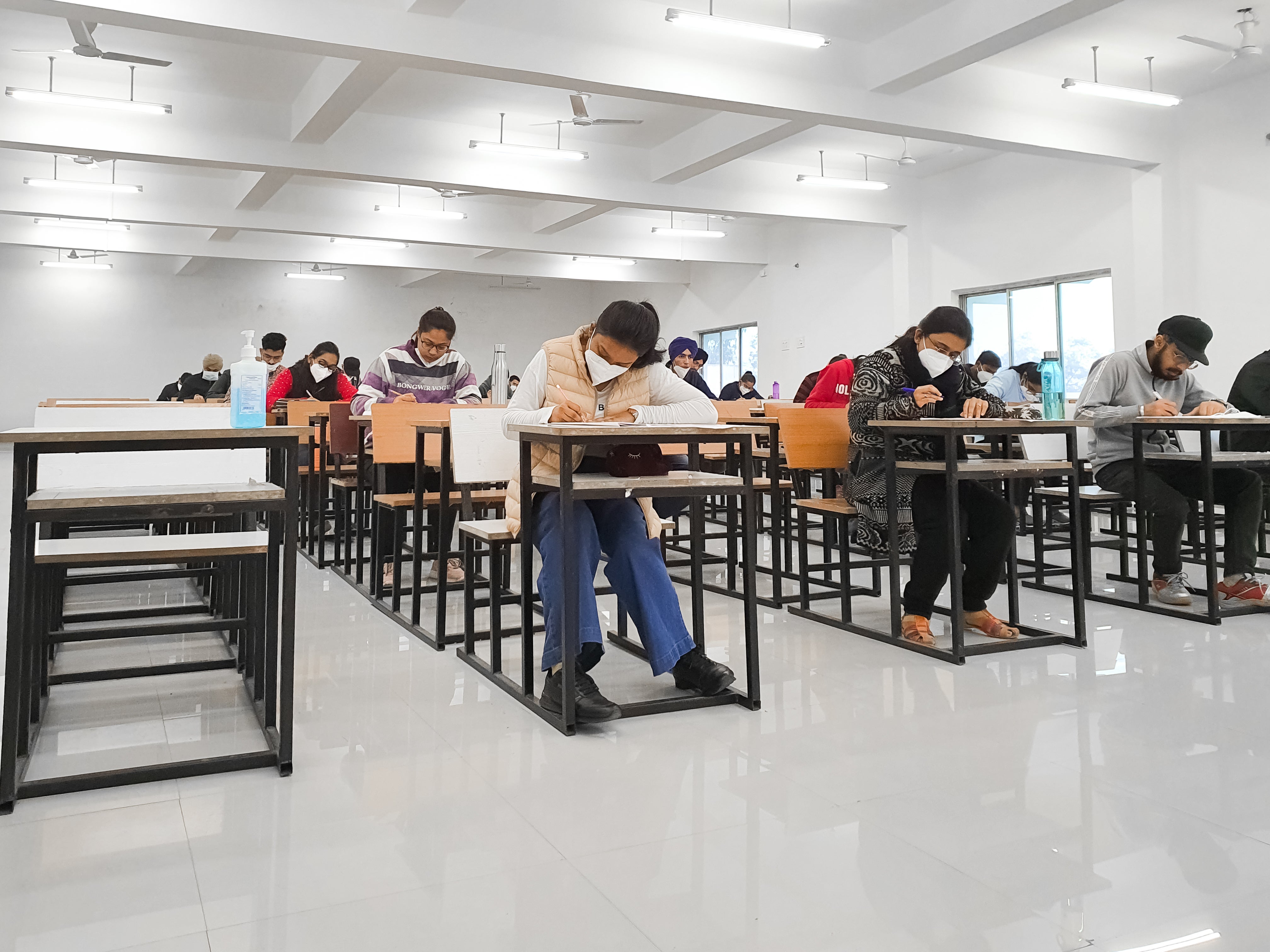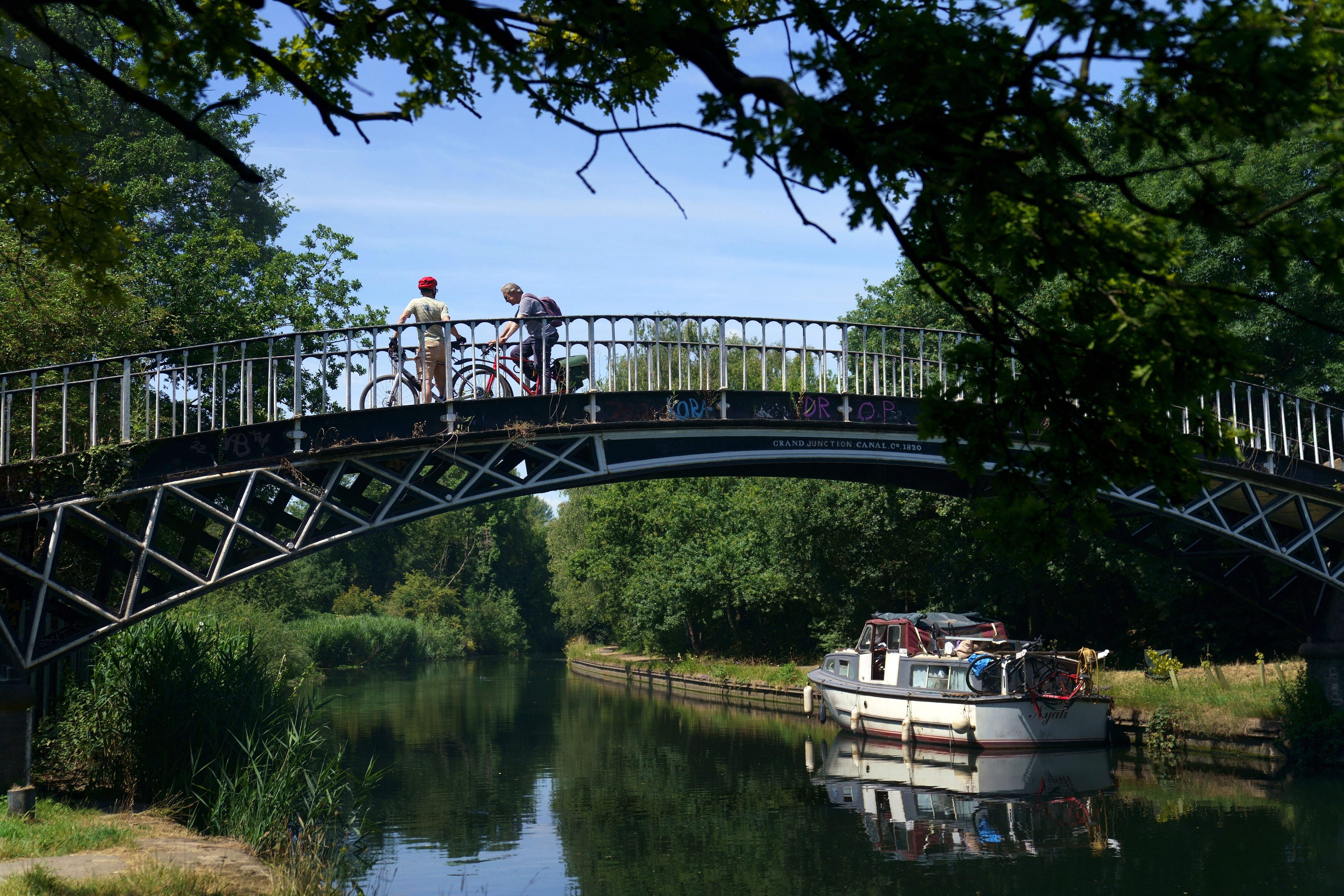How hot does it need to be for schools to close?
Temperatures could hit 42C, but is it enough for classrooms to close?

Your support helps us to tell the story
From reproductive rights to climate change to Big Tech, The Independent is on the ground when the story is developing. Whether it's investigating the financials of Elon Musk's pro-Trump PAC or producing our latest documentary, 'The A Word', which shines a light on the American women fighting for reproductive rights, we know how important it is to parse out the facts from the messaging.
At such a critical moment in US history, we need reporters on the ground. Your donation allows us to keep sending journalists to speak to both sides of the story.
The Independent is trusted by Americans across the entire political spectrum. And unlike many other quality news outlets, we choose not to lock Americans out of our reporting and analysis with paywalls. We believe quality journalism should be available to everyone, paid for by those who can afford it.
Your support makes all the difference.The UK is gripped by blistering heat with a danger to life warning issued by forecasters over fortemperatures as high as 42C.
The Met Office has issued its first-ever red heat alert for large parts of England with amber warnings covering Cornwall, west Wales and parts of southern Scotland. The UK Health Security Agency has also declared a national heat emergency, warning that even fit and healthy people could fall ill and die in the sweltering temperatures.
Passengers in England and Wales have been warned not to travel unless absolutely necessary on Monday and Tuesday, with some trains cancelled or delayed due to speed restrictions to protect the tracks.
While temperatures soar into the 30s some schools have taken the decision to close but many remain open.
So how hot does it have to be for schools to close?

According to the government’s Health and Safety Executive (HSE), schools must follow the same health and safety laws for indoor temperatures as workplaces.
There is no law around maximum working temperatures - though the World Health Organisation recommends a maximum temperature of 24C.
But, employers do have a legal obligation to ensure that the temperature in the workplace is “reasonable”, as outlined by the Workplace (Health, Safety and Welfare) Regulations 1992.
“Employers must stick to health and safety at work law, including: keeping the temperature at a comfortable level, sometimes known as thermal comfort, and providing clean and fresh air,” the HSE says.
Ultimately, the decision to close a school is up to the headteacher.
During a heatwave in 2006, dozens of schools in England shut as temperatures of 36C were recorded in classrooms.

The headteacher of Shenley Brook End School in Milton Keynes told BBC at the time that she closed the schools for pupils’ “protection”.
The National Union of Teachers (NUT) has argued for special measures to be put in place to make classrooms more comfortable in hot weather.
The NUT had previously campaigned for a law change that would see schools closed if temperatures exceed 30C, citing excessive classroom temperatures as a “health and safety hazard” which may “aggravate existing medical conditions”.

A report by the union advises that in extreme heat schools should consider flexible teaching arrangements such as avoiding classrooms at the hottest hours of the day, or closing the school altogether.
According to the report, studies have shown that a 1C increase in temperature is linked to a two per cent decline in learning.
“The effects of extreme temperatures are even more striking when considering that each additional school day with a temperature in the 30s (°C) reduces pupil achievement by one sixth of a per cent of a year’s worth of learning,” the report stated.


Join our commenting forum
Join thought-provoking conversations, follow other Independent readers and see their replies
Comments